Home>Gardening & Outdoor>Landscaping Ideas>How Long To Wait To Cut Grass After Weed And Feed
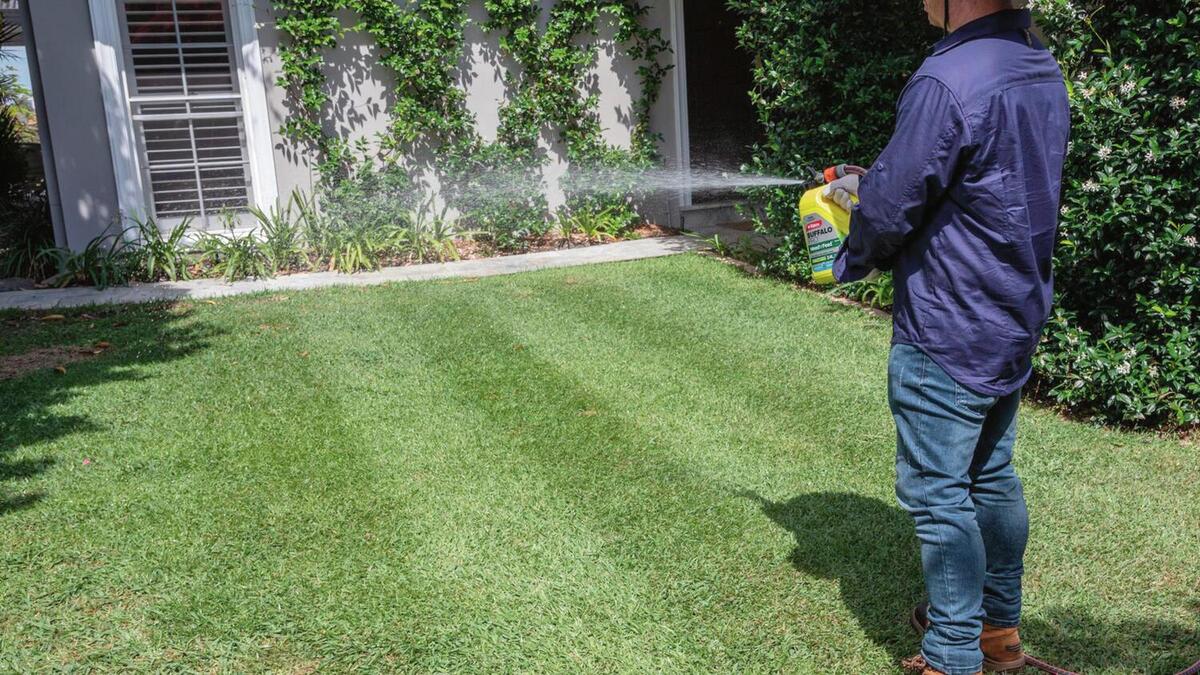

Landscaping Ideas
How Long To Wait To Cut Grass After Weed And Feed
Modified: September 2, 2024
Discover the best landscaping ideas for your lawn care routine. Learn how long to wait before cutting grass after applying weed and feed for optimal results.
(Many of the links in this article redirect to a specific reviewed product. Your purchase of these products through affiliate links helps to generate commission for Storables.com, at no extra cost. Learn more)
Introduction
Maintaining a lush, vibrant lawn requires a combination of proper care, attention to detail, and understanding the specific needs of your grass. One common practice in lawn care is the application of weed and feed products, which are designed to combat weeds while nourishing the grass. However, knowing when to cut the grass after applying weed and feed is crucial for ensuring the health and longevity of your lawn.
In this comprehensive guide, we will delve into the intricacies of weed and feed applications and explore the effects of these products on grass. We will also discuss the essential factors to consider before mowing your lawn after using weed and feed, as well as the optimal waiting period for cutting the grass. Additionally, we will provide valuable tips for maintaining a healthy lawn following the application of weed and feed products.
By the end of this article, you will have a clear understanding of the best practices for caring for your lawn after using weed and feed, empowering you to achieve a vibrant and resilient grassy expanse that enhances the beauty of your outdoor space. Let's embark on this journey to uncover the secrets of nurturing a thriving lawn in the wake of weed and feed applications.
Key Takeaways:
- Wait 2-3 days before mowing after weed and feed to let the grass absorb nutrients and herbicides, promoting a healthy, vibrant lawn.
- Monitor weed control, water properly, and maintain a regular mowing schedule to keep your lawn lush and resilient after using weed and feed.
Read more: When To Cut Grass After Weed And Feed
Understanding Weed and Feed
Weed and feed products are a popular choice for homeowners seeking to maintain a healthy and weed-free lawn. These multifaceted formulations are designed to serve two primary purposes: eradicating weeds and providing essential nutrients to the grass. Typically available in granular or liquid form, weed and feed products contain herbicides targeted at broadleaf weeds such as dandelions, clover, and chickweed. These herbicides work by disrupting the growth and development of weeds, ultimately leading to their demise.
In addition to weed-killing properties, weed and feed products also contain a balanced blend of essential nutrients, including nitrogen, phosphorus, and potassium. These nutrients are vital for promoting healthy grass growth, enhancing the overall vigor and resilience of the lawn. Nitrogen, for instance, supports lush, green foliage, while phosphorus aids in root development and overall plant health. Potassium plays a crucial role in bolstering the grass's ability to withstand environmental stressors, such as drought and disease.
It is important to note that different weed and feed formulations may contain varying ratios of herbicides and nutrients, catering to specific lawn care needs. Some products may prioritize weed control, while others focus on fortifying the grass with essential nutrients. Understanding the composition and intended effects of the weed and feed product you use is essential for making informed decisions regarding its application and subsequent lawn care practices.
When applying weed and feed products, it is crucial to follow the manufacturer's instructions meticulously. This includes adhering to recommended application rates, ensuring even distribution across the lawn, and taking precautions to prevent oversaturation or runoff. By understanding the dual functionality of weed and feed products and their specific formulations, homeowners can effectively combat weeds while nourishing their grass, laying the foundation for a healthy and vibrant lawn.
In the next section, we will explore the effects of weed and feed products on grass, shedding light on the implications of these applications for the overall well-being of your lawn.
Effects of Weed and Feed on Grass
Upon applying weed and feed products to your lawn, the effects on the grass are multifaceted, encompassing both weed control and nutritional enrichment. The herbicidal components of weed and feed formulations target unwanted broadleaf weeds, inhibiting their growth and ultimately leading to their demise. This targeted approach helps to reclaim the lawn from invasive weeds, allowing the grass to thrive without competing for essential resources.
In addition to weed control, the nutrient-rich composition of weed and feed products plays a pivotal role in fortifying the grass and promoting its overall health and vitality. The balanced blend of essential nutrients, including nitrogen, phosphorus, and potassium, serves as a catalyst for robust grass growth and resilience. Nitrogen, a key component in most weed and feed formulations, is instrumental in fostering lush, green foliage, enhancing the aesthetic appeal of the lawn.
Furthermore, phosphorus, another essential nutrient found in weed and feed products, contributes to the development of strong and healthy root systems. By bolstering root growth, phosphorus enhances the grass's ability to absorb water and nutrients from the soil, laying the groundwork for a resilient and thriving lawn. Additionally, potassium, a vital component in weed and feed formulations, plays a crucial role in fortifying the grass against environmental stressors, such as drought, disease, and temperature fluctuations.
The combined effects of weed control and nutrient enrichment contribute to the overall well-being of the grass, fostering a resilient and visually appealing lawn. However, it is important to note that while weed and feed products offer numerous benefits, their application requires careful consideration and adherence to recommended guidelines. Understanding the effects of weed and feed on grass empowers homeowners to make informed decisions regarding their lawn care practices, ensuring the optimal health and longevity of their outdoor oasis.
As we continue our exploration, we will delve into the essential factors to consider before mowing your lawn after applying weed and feed, shedding light on the best practices for maintaining a healthy and vibrant lawn.
Wait at least 2-3 days after applying weed and feed before cutting the grass. This allows the chemicals to be absorbed and work effectively without being immediately mowed away.
Factors to Consider Before Cutting Grass After Weed and Feed
Before reaching for the lawnmower following the application of weed and feed products, it is crucial to consider several factors that can significantly impact the health and appearance of your lawn. Understanding these key considerations is essential for making informed decisions and implementing best practices for post-weed and feed lawn care.
-
Product Absorption: Weed and feed products require time to be absorbed by the grass and effectively combat weeds while nourishing the turf. It is imperative to allow sufficient time for the product to take full effect before mowing the lawn. Premature mowing can hinder the absorption of essential nutrients and herbicides, potentially compromising the efficacy of the weed and feed application.
-
Weed Control Efficacy: Assess the effectiveness of the weed control component in the weed and feed product. Depending on the specific formulation and prevailing weather conditions, the eradication of weeds may take varying amounts of time. Observing the response of the targeted weeds to the herbicidal treatment can provide valuable insights into the optimal timing for mowing the lawn.
-
Grass Health: Consider the overall health and vigor of the grass before proceeding with mowing. While weed and feed products are designed to nourish the grass, it is essential to evaluate the condition of the turf to ensure that it has adequately absorbed the nutrients and recovered from any stress induced by the weed control components.
-
Weather Conditions: Take into account the prevailing weather conditions, including temperature, humidity, and precipitation. Extreme heat or dry spells can place additional stress on the grass, necessitating careful consideration before mowing. Similarly, excessive moisture or rainfall may affect the efficacy of the weed and feed application, influencing the timing of lawn maintenance activities.
-
Mower Maintenance: Ensure that the lawnmower is in optimal working condition before mowing the lawn. Dull blades can cause uneven cuts and potential damage to the grass, while a well-maintained mower can facilitate a clean and precise cut, promoting the overall health and appearance of the lawn.
By carefully considering these factors, homeowners can make informed decisions regarding the timing of lawn mowing after applying weed and feed products. This thoughtful approach to post-weed and feed lawn care is instrumental in nurturing a healthy, vibrant, and resilient lawn, elevating the outdoor space and enhancing the overall aesthetic appeal of the property.
How Long to Wait Before Cutting Grass After Weed and Feed
Determining the optimal waiting period before cutting the grass after applying weed and feed products is a critical aspect of post-application lawn care. While the specific duration may vary based on various factors, including product formulation, weather conditions, and grass health, a general guideline can provide valuable insights for homeowners seeking to maintain a healthy and visually appealing lawn.
In most cases, it is advisable to wait approximately 2 to 3 days before mowing the lawn after applying weed and feed products. This waiting period allows the grass to absorb the essential nutrients and herbicides present in the weed and feed formulation, ensuring that the intended benefits take full effect. By allowing the product to be absorbed and assimilated by the grass, homeowners can maximize the efficacy of the weed control components while promoting the overall health and vigor of the lawn.
The waiting period of 2 to 3 days strikes a balance between providing sufficient time for product absorption and addressing the potential impact of weather conditions on the grass. During this timeframe, the nutrients from the weed and feed product are actively taken up by the grass, bolstering its resilience and promoting lush, green growth. Additionally, the herbicidal components work to combat weeds, gradually inhibiting their growth and facilitating their eventual decline.
However, it is essential to note that the waiting period may need to be adjusted based on specific circumstances. Factors such as unusually hot or dry weather, excessive rainfall, or the presence of particularly resilient weeds may warrant a longer waiting period before mowing the lawn. Conversely, under optimal conditions with effective weed control and favorable weather, the waiting period may be shortened, provided that the grass has adequately absorbed the nutrients and recovered from the herbicidal treatment.
Ultimately, the decision regarding the waiting period before cutting the grass after weed and feed application should be informed by a holistic assessment of the lawn's condition, the effectiveness of the weed control, and the prevailing weather patterns. By carefully evaluating these factors and exercising patience in post-application lawn care, homeowners can nurture a resilient, vibrant, and visually captivating lawn that serves as a testament to their dedication to meticulous lawn maintenance.
In the subsequent section, we will delve into valuable tips for maintaining a healthy lawn after applying weed and feed products, offering actionable insights for preserving the beauty and vitality of your outdoor oasis.
Read more: How Long To Seed After Weed And Feed
Tips for Maintaining a Healthy Lawn After Weed and Feed
After applying weed and feed products to your lawn, it is essential to implement effective post-application care to ensure the continued health and vibrancy of your grass. Here are valuable tips for maintaining a healthy lawn following the use of weed and feed products:
-
Monitor Weed Control: Keep a close eye on the targeted weeds to assess the efficacy of the weed control treatment. Observe any changes in the appearance and growth patterns of the weeds, as this can provide insights into the success of the weed and feed application. Promptly address any persistent or newly emerging weeds to prevent them from detracting from the overall health and appearance of the lawn.
-
Proper Watering: Adequate and consistent watering is crucial for supporting the recovery and growth of the grass after weed and feed application. Ensure that the lawn receives sufficient moisture, particularly during dry spells, to facilitate the assimilation of nutrients and promote healthy grass development. However, avoid overwatering, as excessive moisture can compromise the efficacy of the weed and feed treatment and create favorable conditions for weed resurgence.
-
Regular Mowing: Once the waiting period after applying weed and feed has elapsed, resume regular mowing practices to maintain the optimal height for your grass. Adjust the mower blades to the recommended height for your grass species and ensure that the blades are sharp to facilitate clean and precise cuts. Consistent mowing promotes even growth and helps to maintain the aesthetic appeal of the lawn.
-
Fertilization Schedule: Consider implementing a regular fertilization schedule to supplement the nutrients provided by the weed and feed product. Tailor the fertilization regimen to the specific needs of your grass and soil, taking into account factors such as grass species, climate, and soil composition. A balanced and targeted fertilization program can further enhance the resilience and lushness of your lawn.
-
Address Bare Patches: If the weed and feed application has revealed bare or thin patches in the lawn, take proactive measures to address these areas. Overseeding or reseeding can help to fill in bare spots and promote a uniform and healthy grass cover. Select appropriate grass seed varieties and follow best practices for overseeding to rejuvenate the lawn and restore its lush appearance.
-
Routine Maintenance: Engage in routine lawn maintenance activities, including aerating the soil, dethatching, and addressing compacted areas. These practices promote optimal soil health, facilitate nutrient absorption, and create a conducive environment for robust grass growth. By incorporating these maintenance tasks into your lawn care routine, you can sustain the long-term health and beauty of your grassy expanse.
By incorporating these tips into your post-weed and feed lawn care regimen, you can nurture a resilient, lush, and visually captivating lawn that serves as a testament to your dedication to meticulous lawn maintenance. Implementing these practices will contribute to the sustained health and vibrancy of your outdoor oasis, allowing you to enjoy the beauty of a thriving and well-nurtured lawn.
Frequently Asked Questions about How Long To Wait To Cut Grass After Weed And Feed
Was this page helpful?
At Storables.com, we guarantee accurate and reliable information. Our content, validated by Expert Board Contributors, is crafted following stringent Editorial Policies. We're committed to providing you with well-researched, expert-backed insights for all your informational needs.
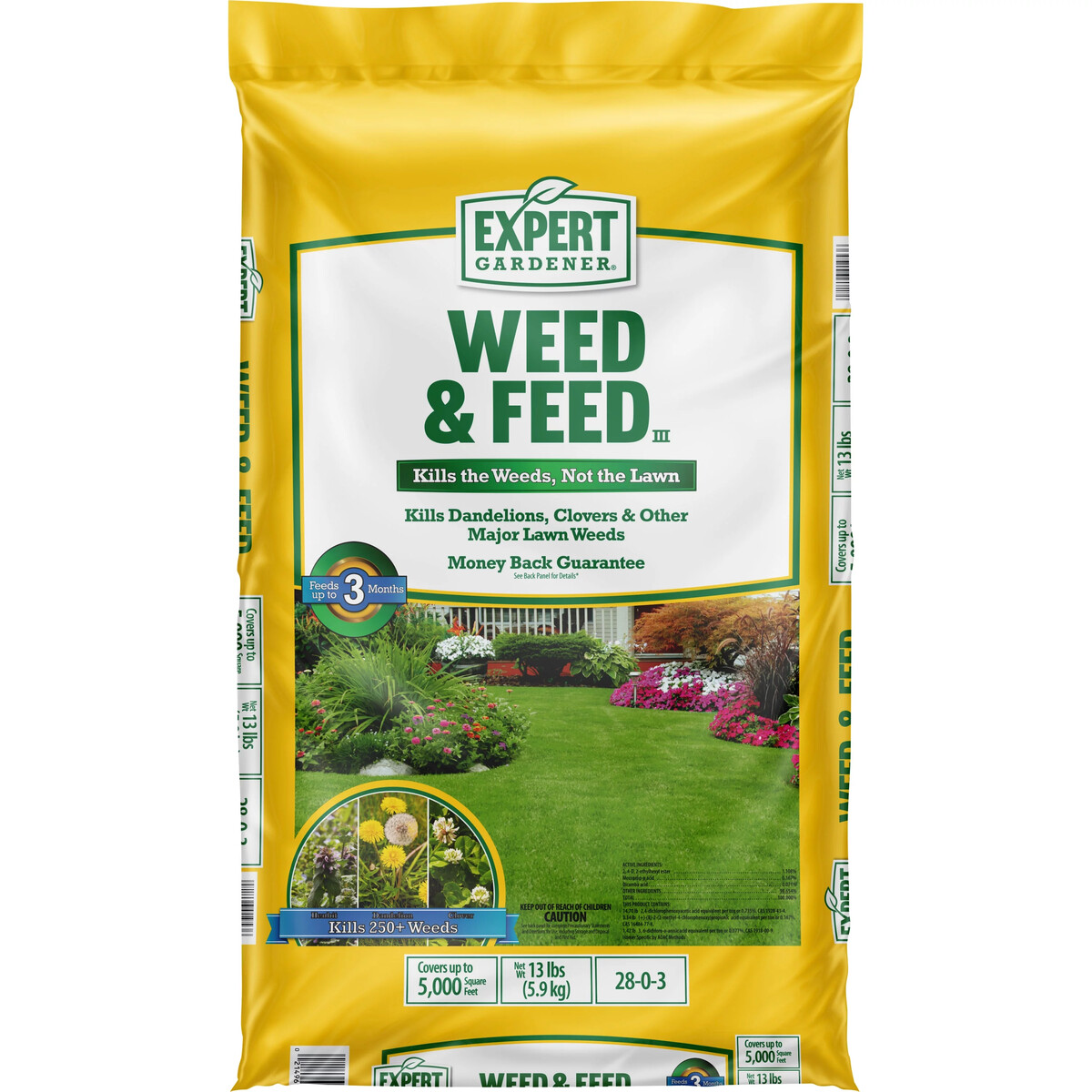
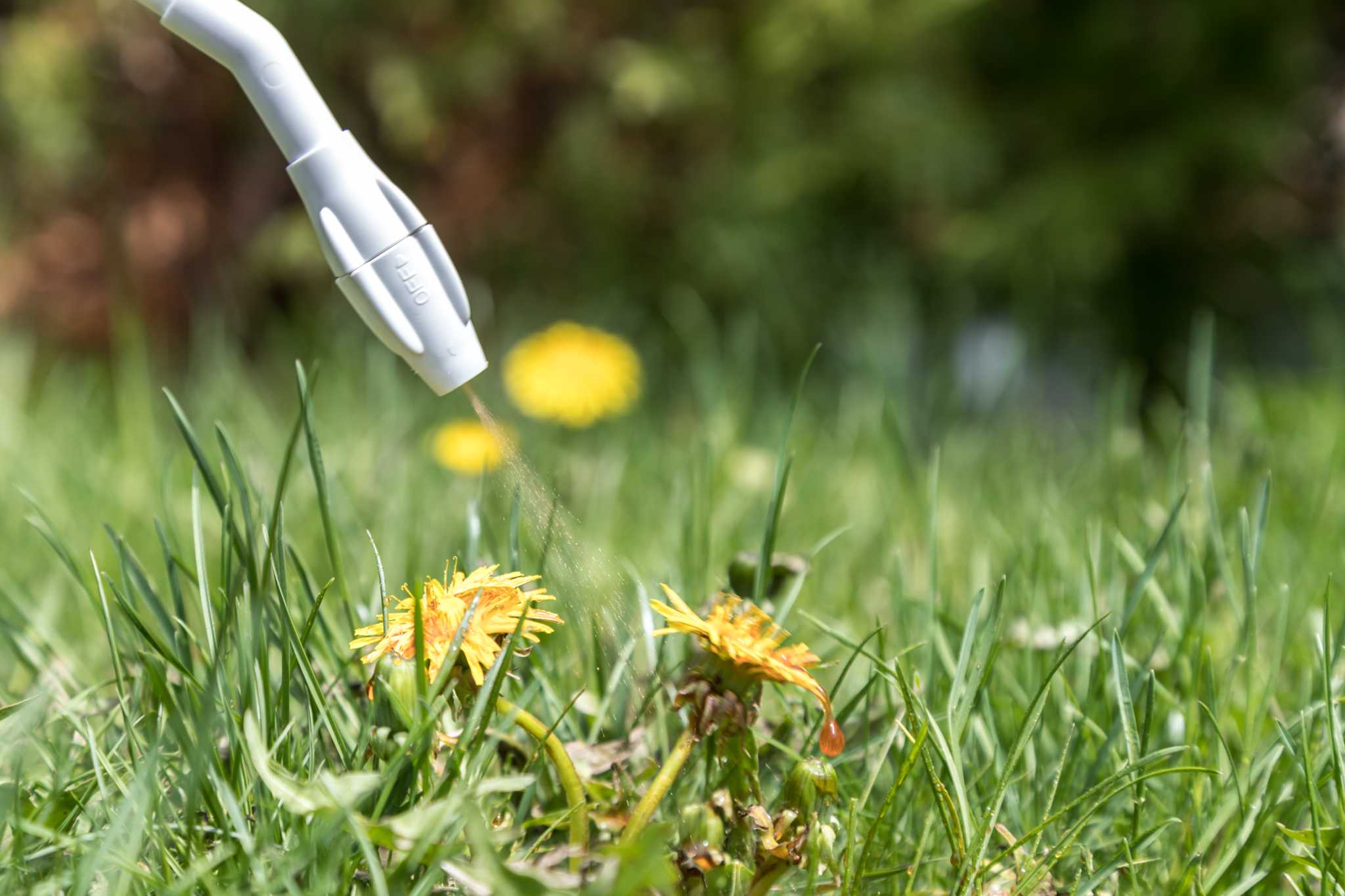
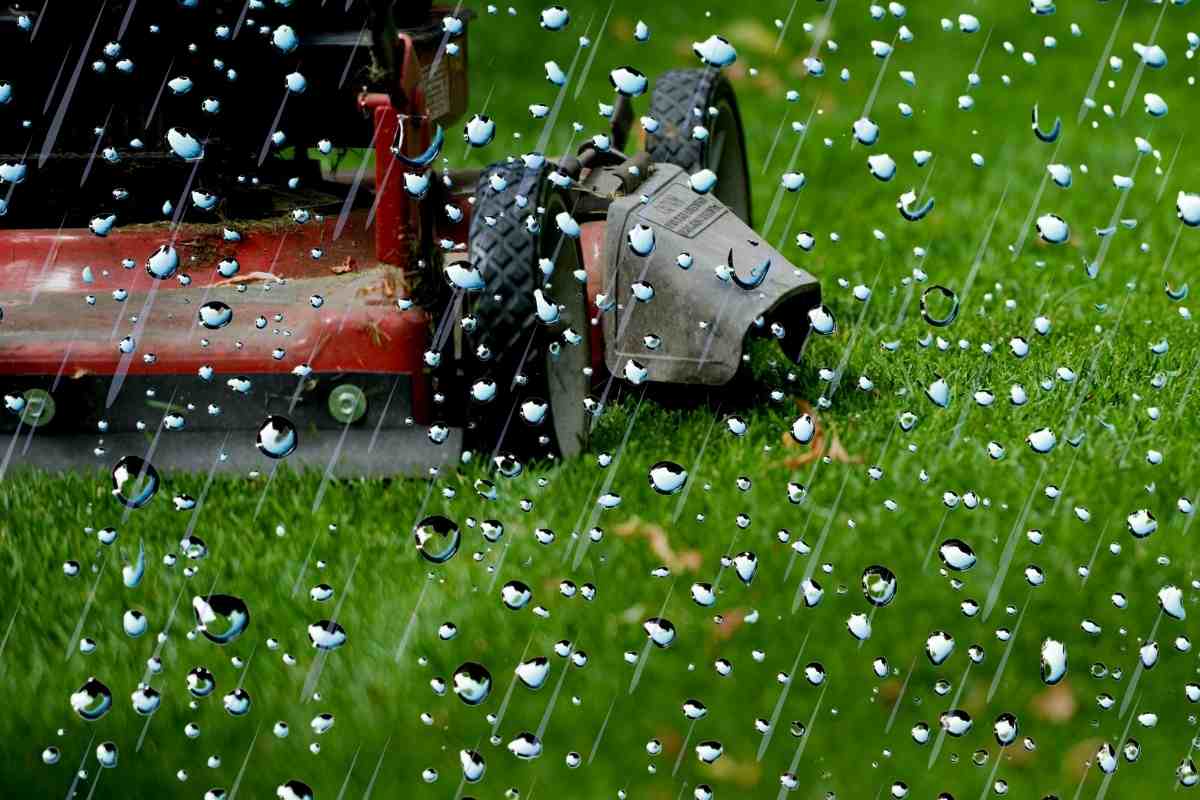
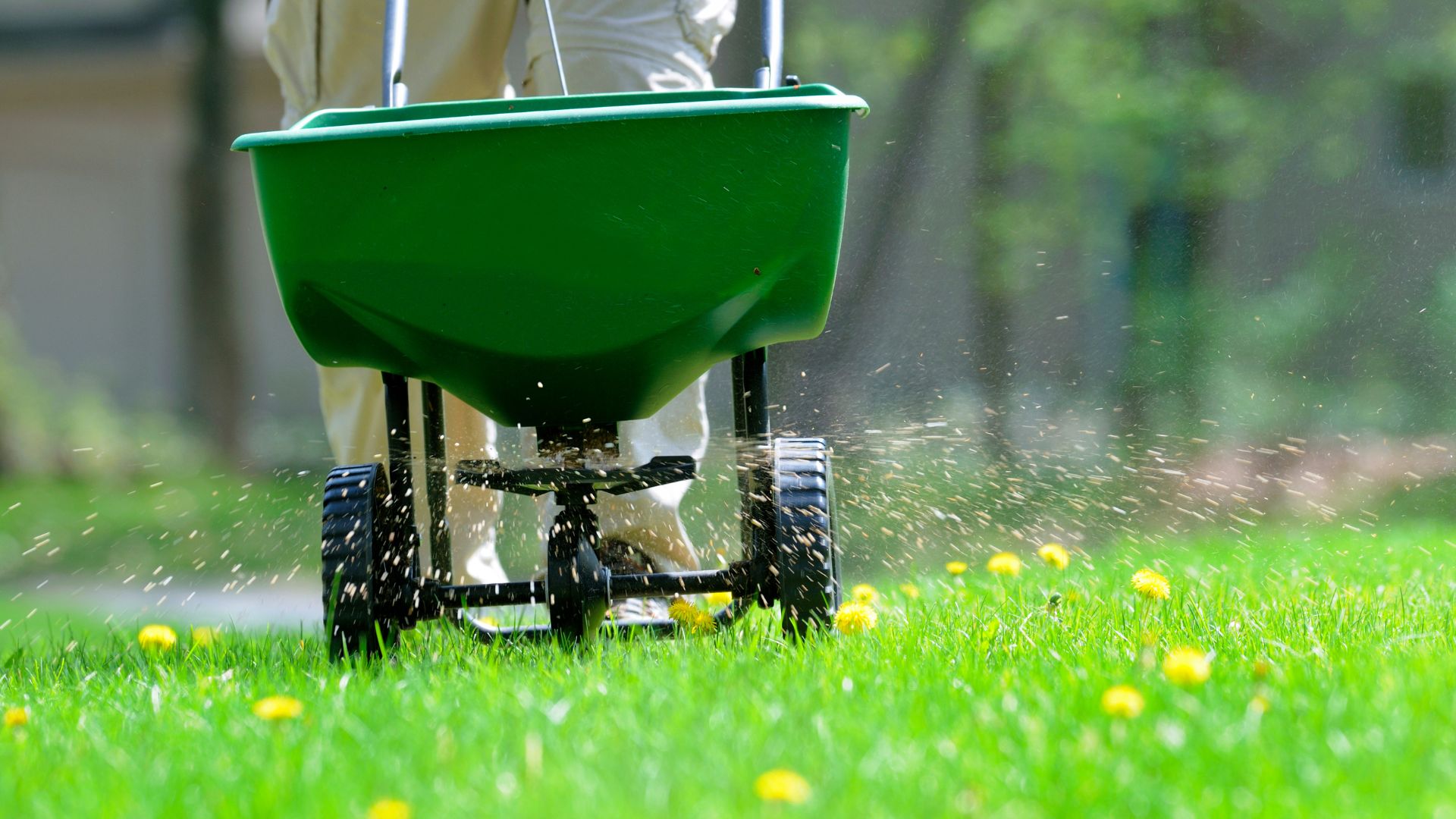
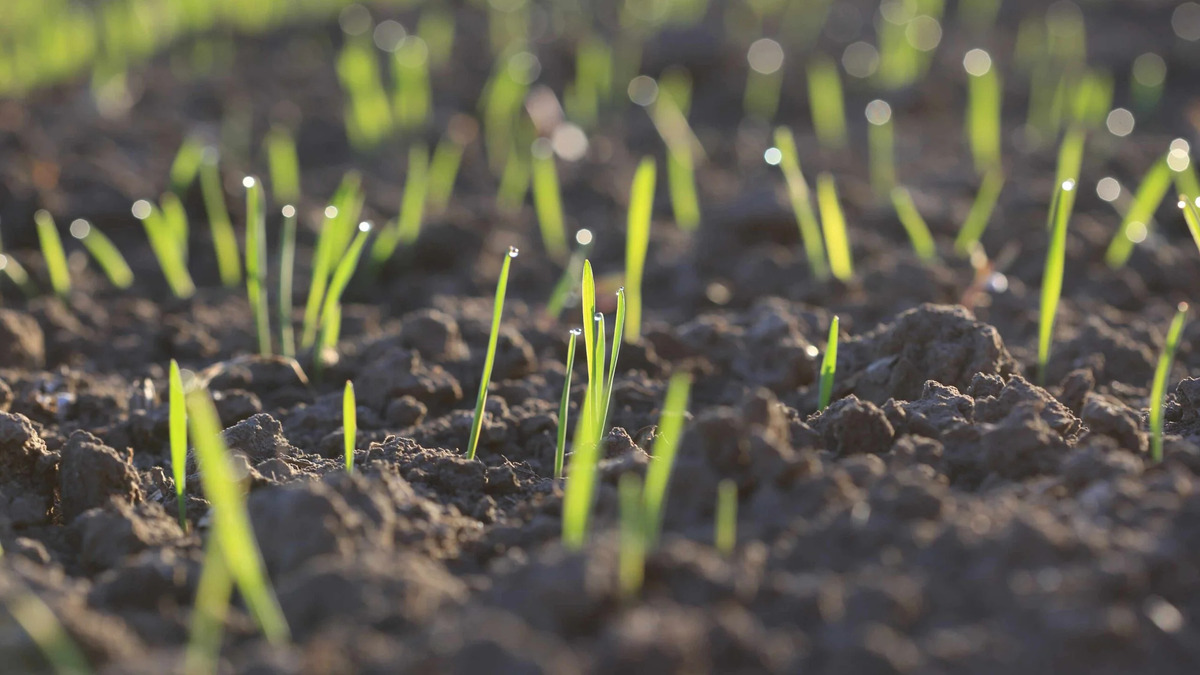
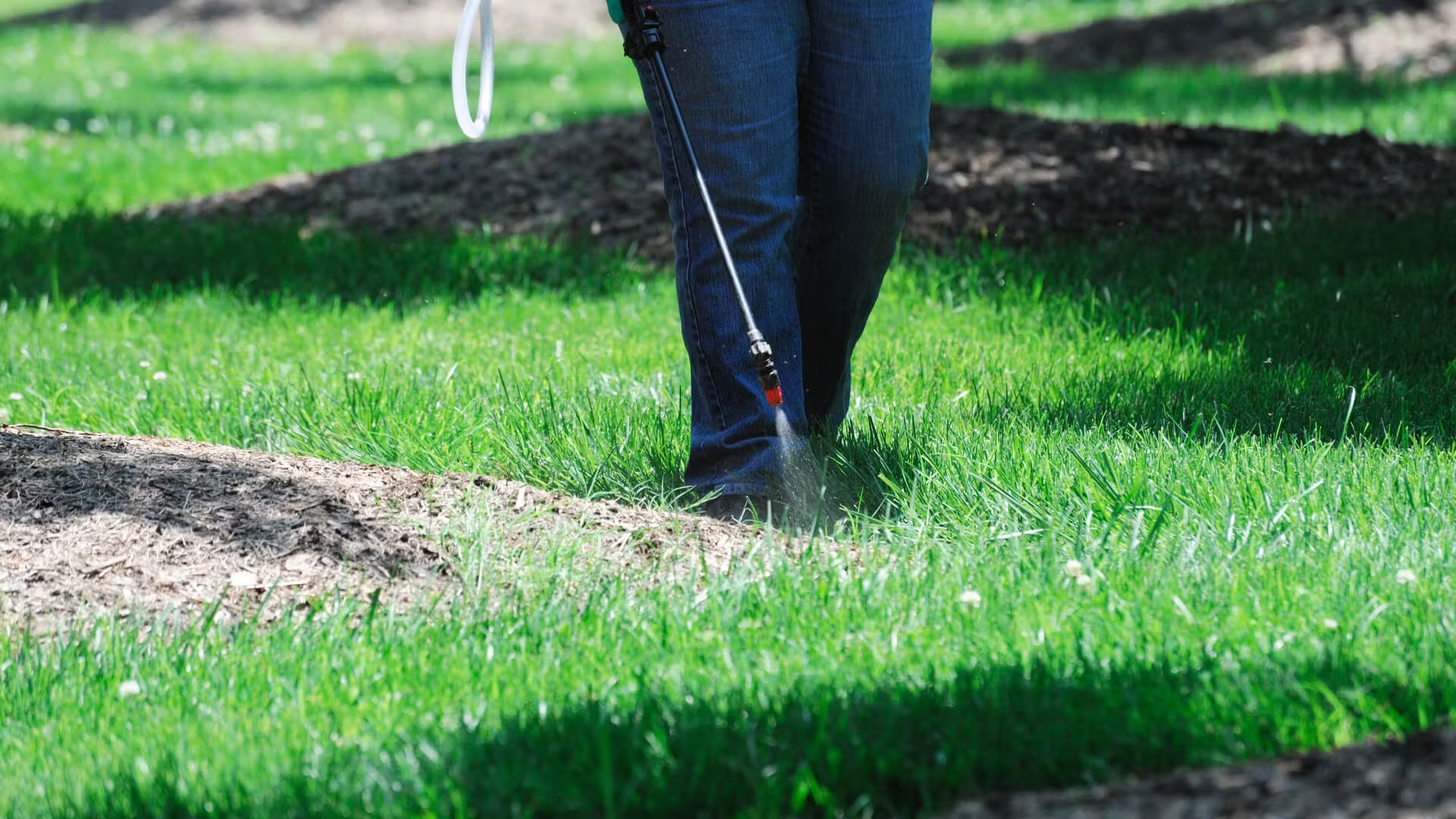
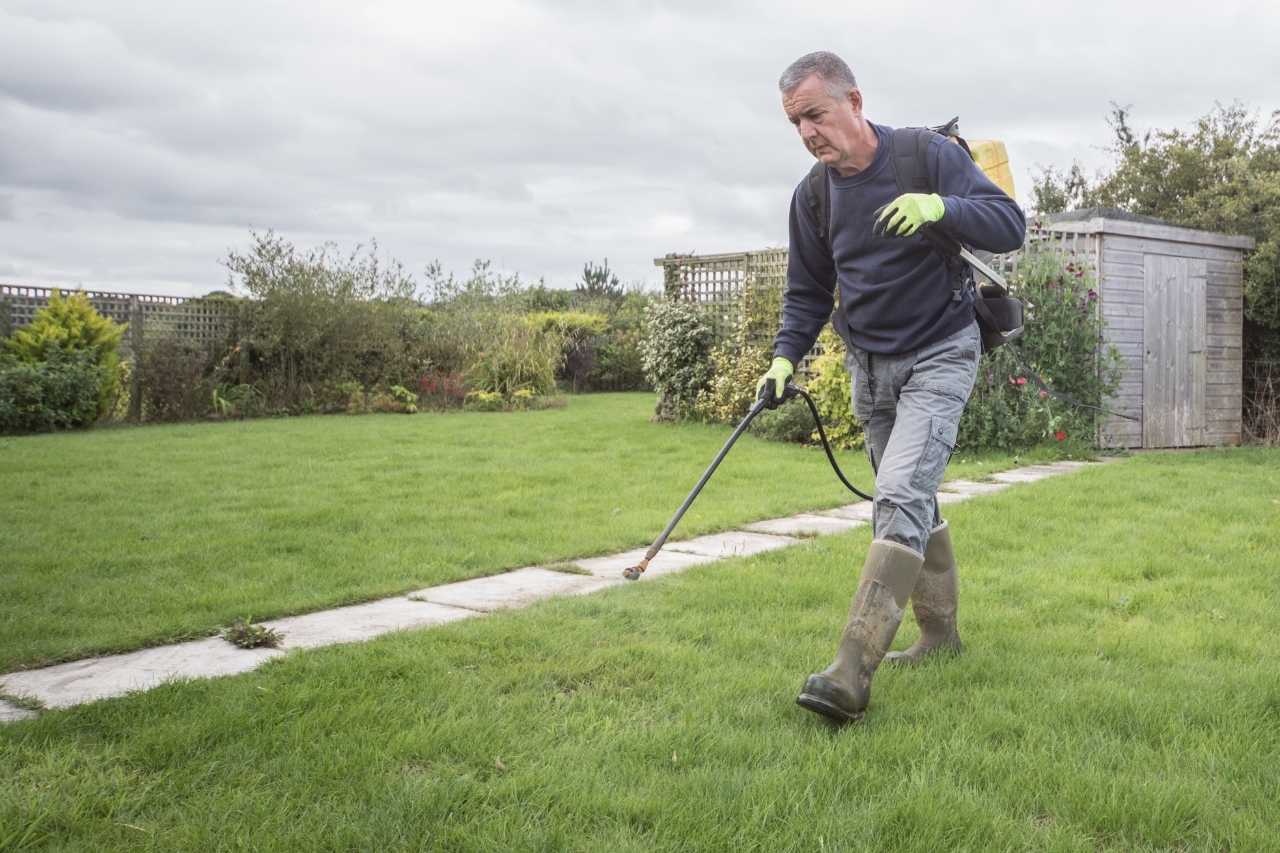
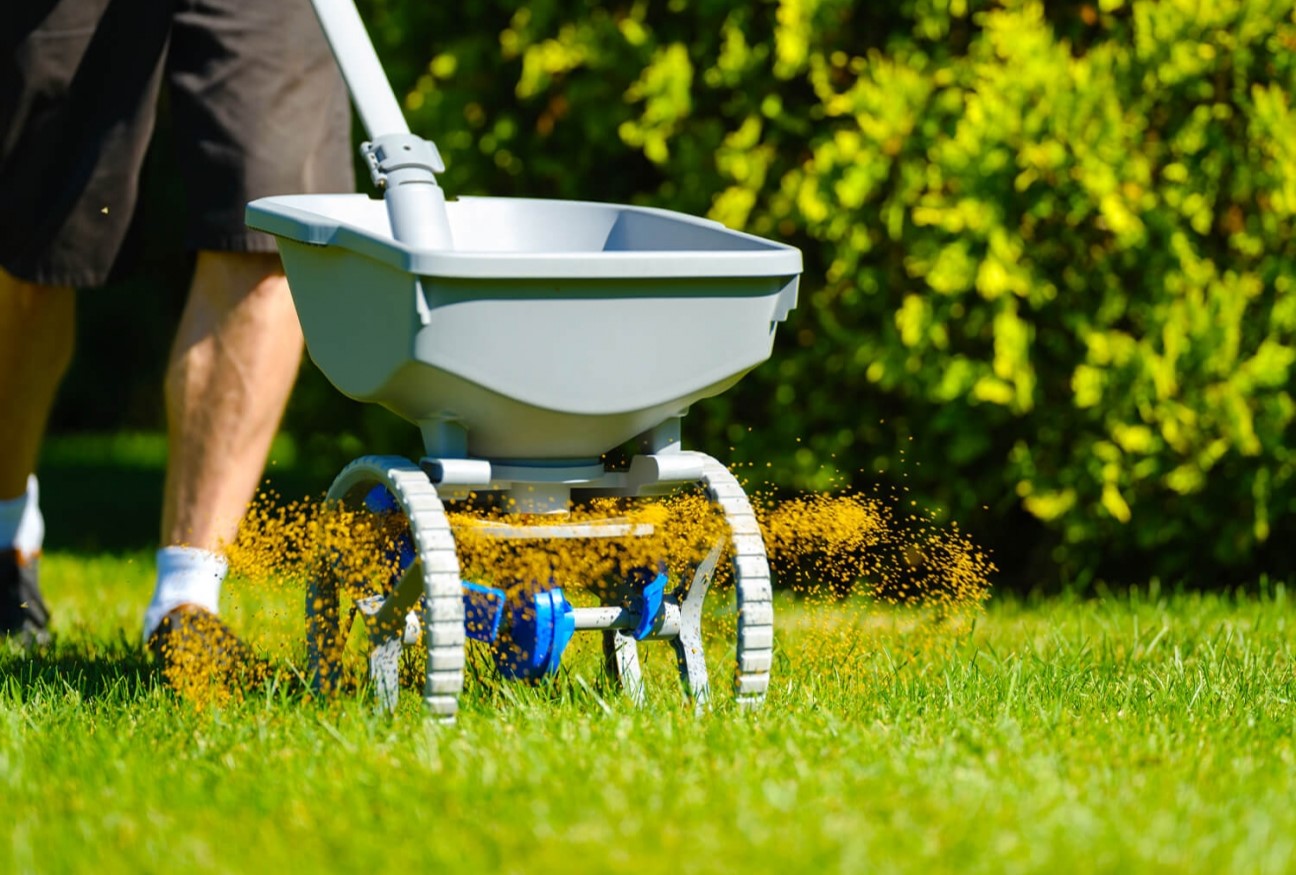
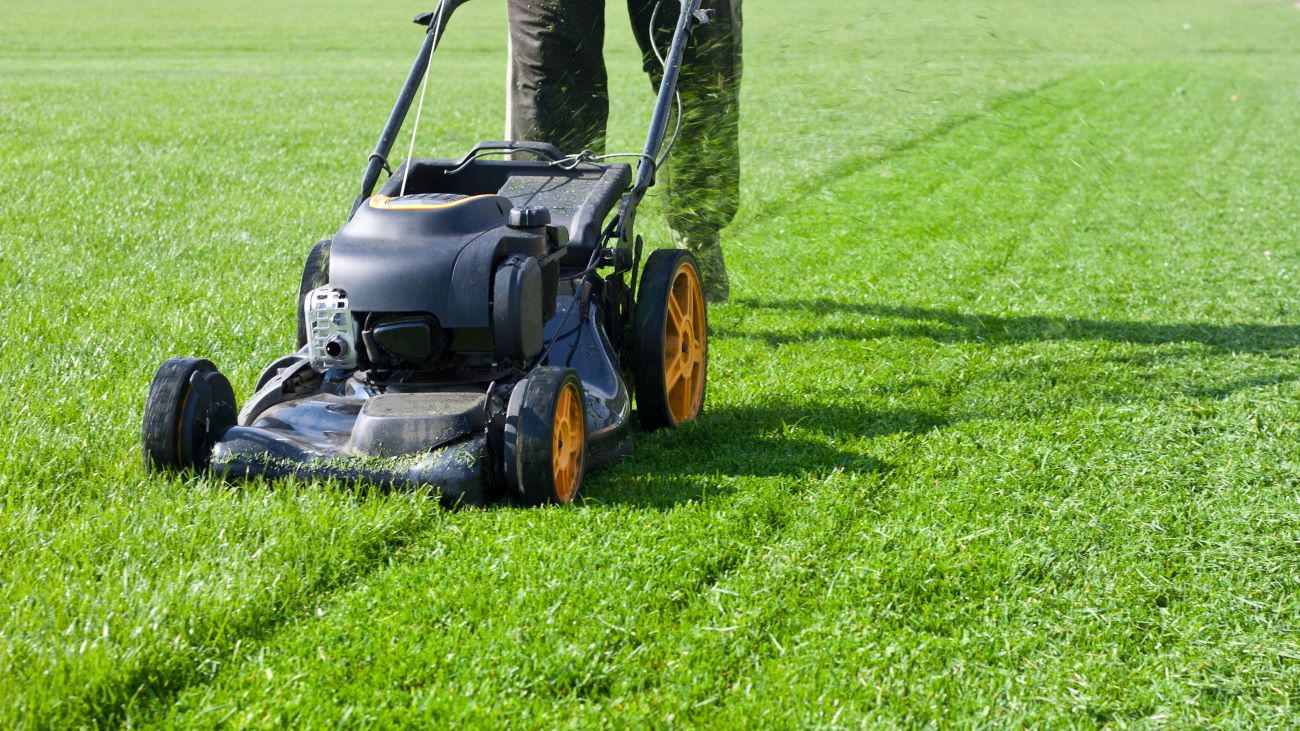

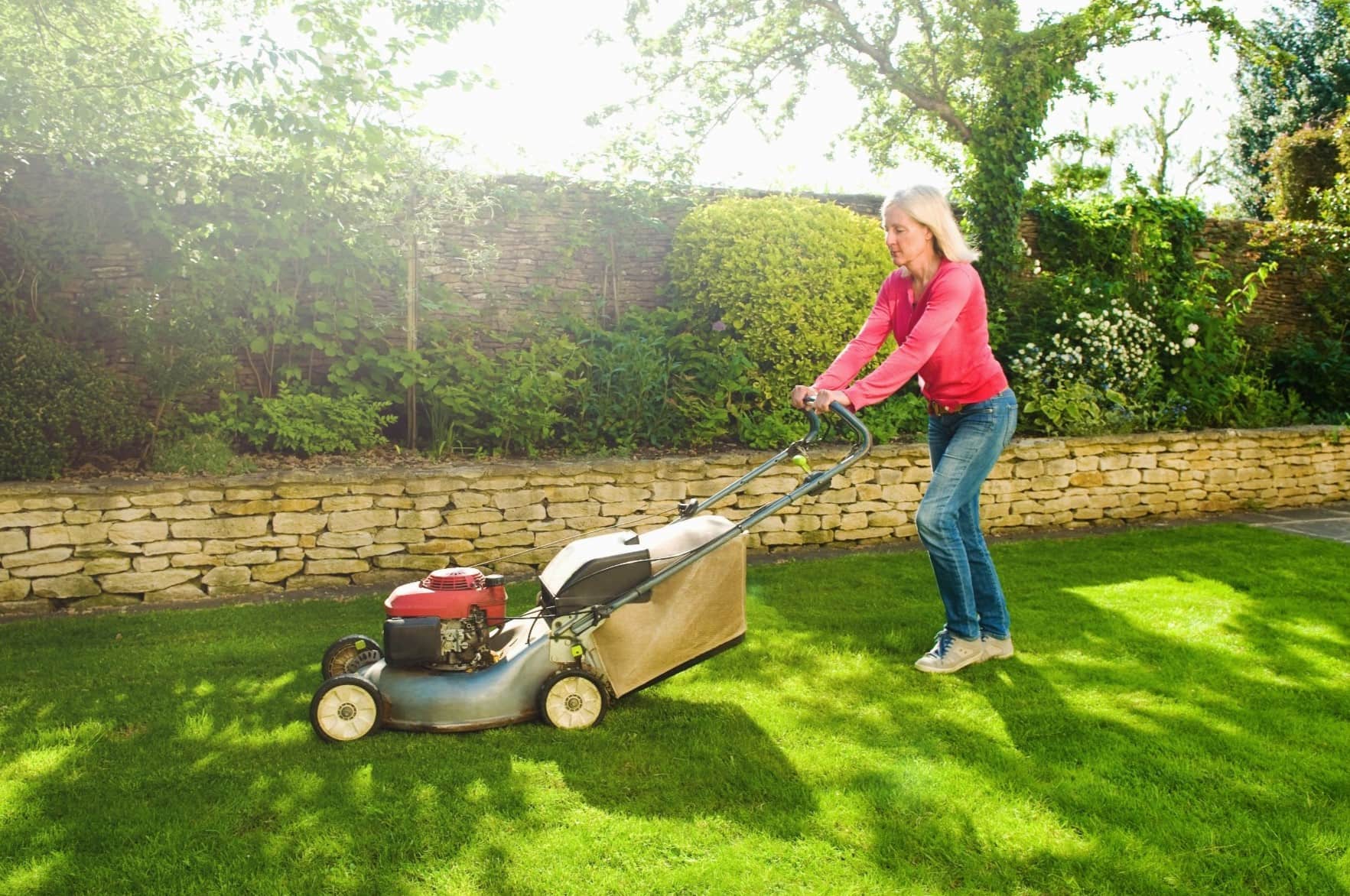
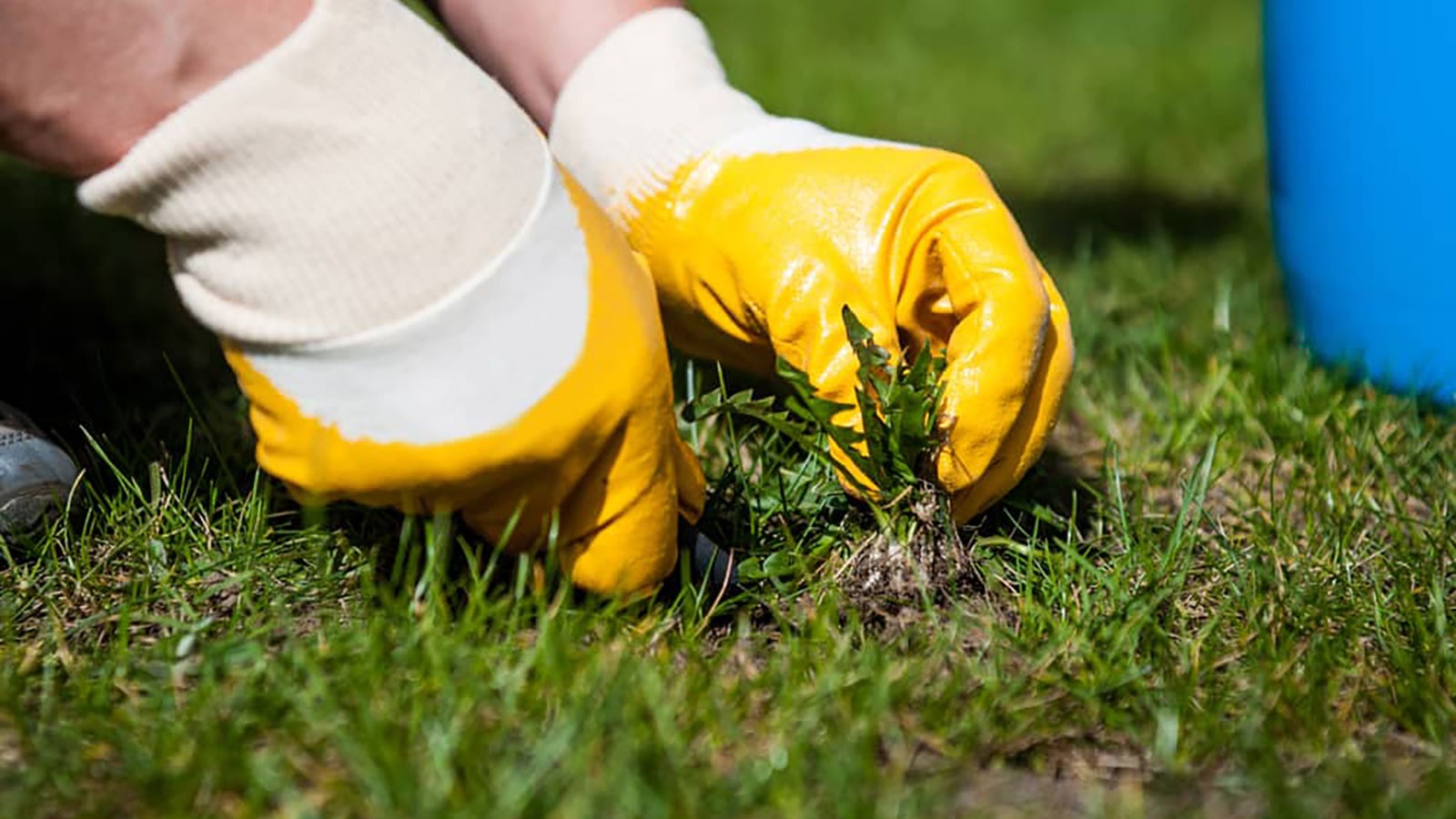

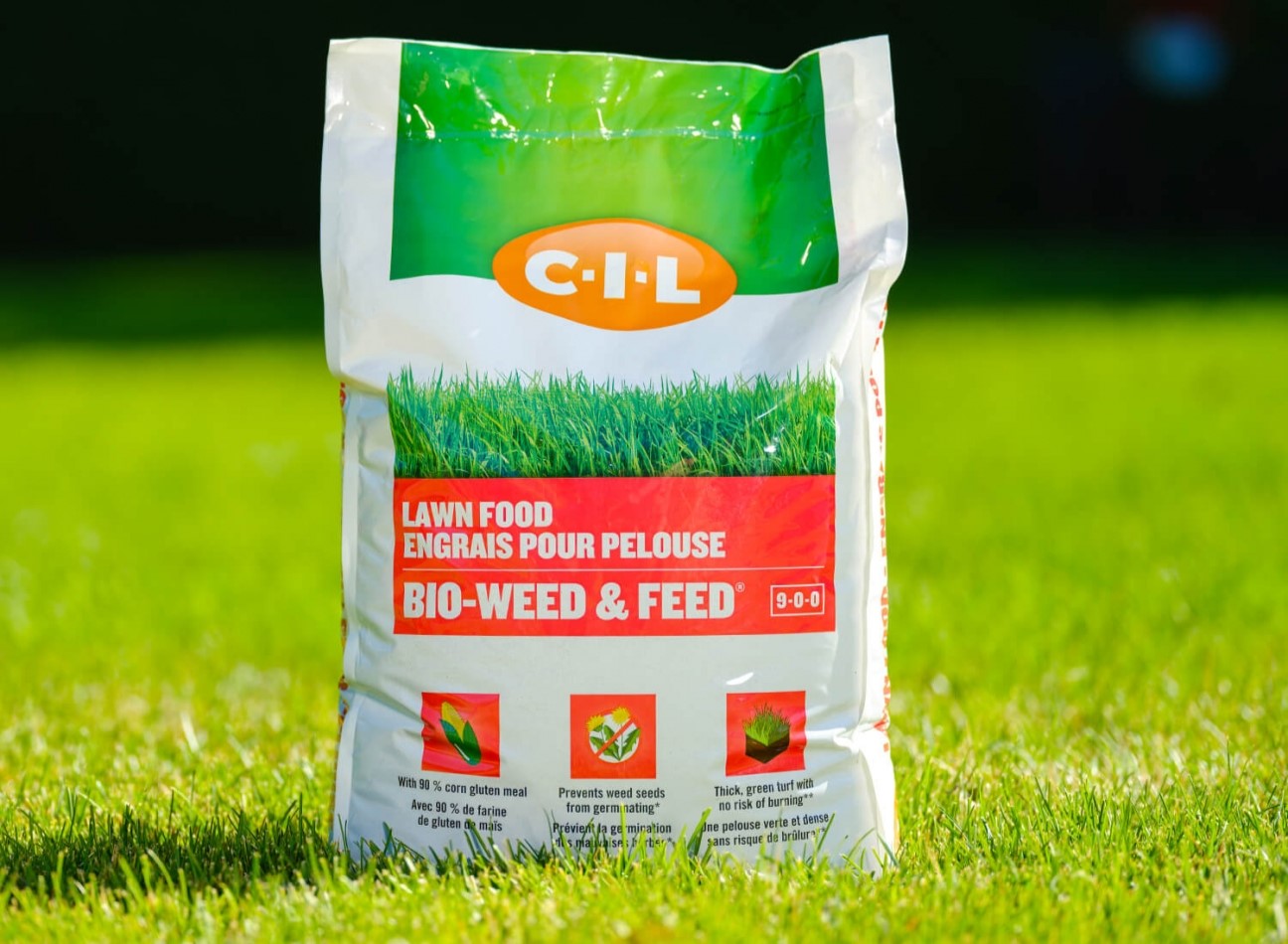

0 thoughts on “How Long To Wait To Cut Grass After Weed And Feed”